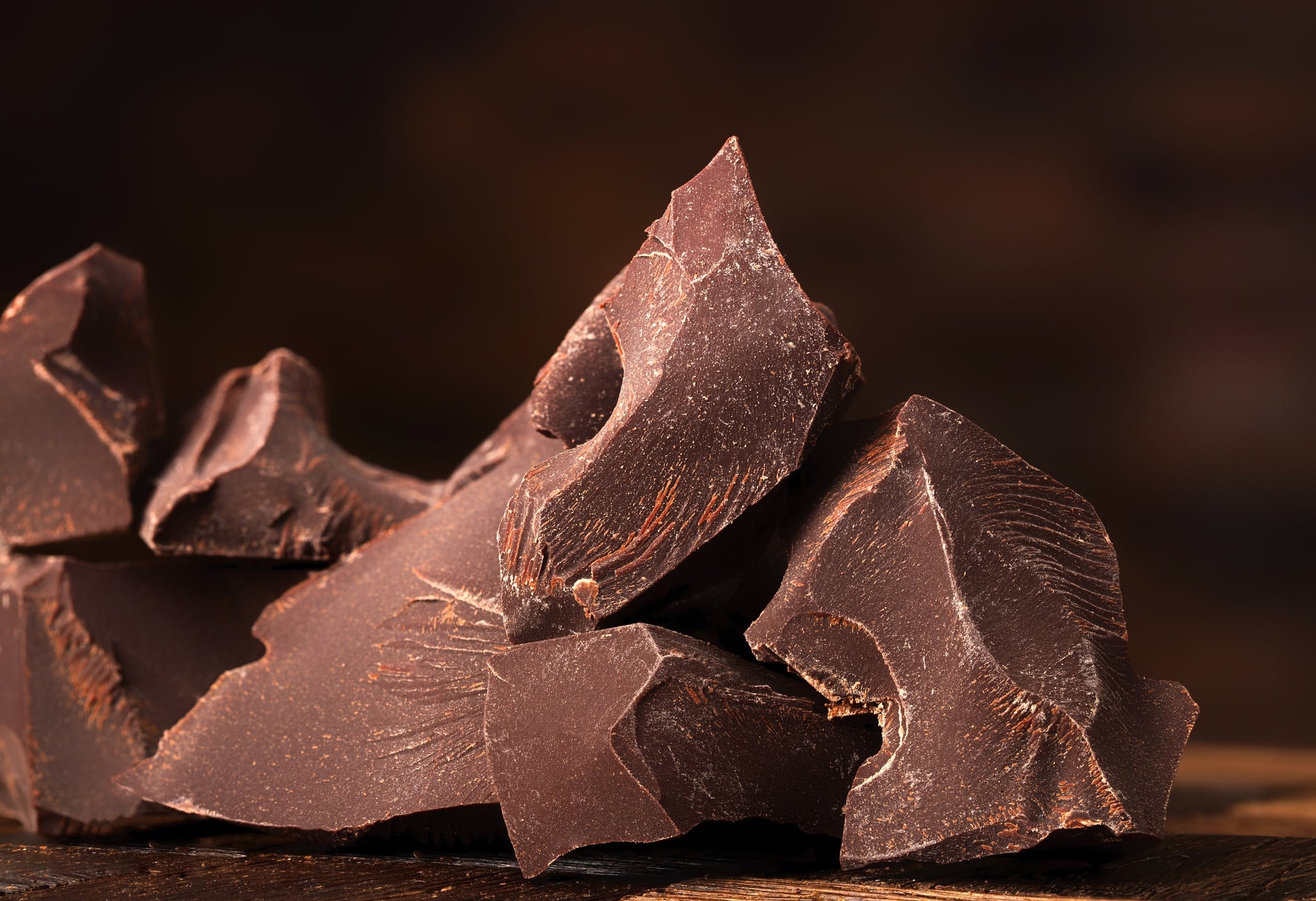What is the future of cocoa-free chocolate? Summary
- Cocoa prices surged due to climate change and supply chain instability
- Food tech firms are developing cocoa-free alternatives using precision fermentation
- 38 percent of consumers support cocoa made without traditional farming methods
- Younger adults and men show strongest acceptance of cocoa-free chocolate innovation
- Brands must balance taste with transparency to build trust and drive adoption
The past five years have been devastating for the cocoa industry.
Severe weather events and disease have damaged crops in the world’s key growing regions, while geopolitical unrest has threatened supply chains, making difficult matters significantly worse.
This turmoil, as the industry knows all too well, has pushed cocoa prices up worldwide. And while the market might be showing signs of stability, its future remains uncertain.
As a result, manufacturers across the industry have begun dipping their toes into cocoa-free.
Cargill has launched NextCoa, a cocoa-free ingredient range designed for confectionery, bakery, ice cream, and snack products. Mondelēz International is developing cell-cultured chocolate-grade cocoa butter with ingredient supplier Celleste Bio. And earlier this month, the world’s biggest manufacturer of chocolate and cocoa, Barry Callebaut, announced plans to explore cocoa alternatives in collaboration with German start-up Planet A Foods.
However, in the midst of this chocolate revolution, one question remains unanswered - will consumers accept chocolate without cocoa?

Will consumers accept chocolate without cocoa?
New research commissioned by science marketing consultancy Diffusion reveals that attitudes toward alternative cocoa production are shifting. The study found that 38% of consumers support the development of cocoa made using non-traditional methods - essentially, not grown on a tree - while 24% oppose it. This suggests a growing openness to innovation in food technology, though opinions remain divided.
The findings highlight notable demographic differences. Men are significantly more receptive, with 46% in favour, compared to just 31% of women.
Age also plays a major role - younger adults are leading the charge, with 55% of those aged 25–34 willing to give precision-fermented cocoa a try, while support drops to just 29% among people over 55.
These trends point to a generational and gender-driven gap in how consumers perceive food tech, with younger demographics and men more likely to embrace change.
Added to this, 37% of consumers said they’re ‘neutral or undecided’ on cocoa alternatives, suggesting they’re open to the possibility and could well be persuaded.
For confectionery and snack manufacturers, this represents a major opportunity. Rising cocoa prices and supply instability - driven by climate change, pests, and extreme weather - are already squeezing margins and forcing price hikes. Precision fermentation offers a potential lifeline - a way to secure key cocoa fats and flavours without relying on vulnerable crops.
Brands that move quickly could position themselves as sustainability leaders, appealing to younger, tech-savvy consumers who value innovation and environmental responsibility.
Added to this, some cocoa alternatives, offer potential health benefits. Carob, for example, is a naturally sweet, caffeine-free alternative to traditional cocoa.
However, with a large portion of consumers still undecided, clear communication and transparency will be crucial to building trust and overcoming skepticism.
Tips to build consumer confidence in cocoa alternatives
- Choose words that feel familiar: Avoid overly technical terms like “cell cultured” that sound clinical
- Highlight everyday processes consumers understand: Compare precision fermentation to brewing rather than lab engineering
- Adopt positive, transparent terminology: Use words like “cultivated” to convey care and sustainability
- Explain the science simply and clearly: Focus on benefits and natural processes rather than complex genetic details
- Test messaging across demographics: Ensure language resonates with both cautious and tech-savvy consumers
Source: Diffusion
The future of cocoa-free chocolate
For confectionery and snack makers, the rise of cocoa alternatives is more than a response to supply chain challenges, it’s a chance to lead a new era of innovation.
Precision fermentation and other technologies open doors to cost stability, sustainability leadership, and product differentiation in a market hungry for solutions.
Early adopters can position themselves as pioneers, appealing to younger consumers while reducing reliance on volatile cocoa markets.
From premium offerings to mainstream applications, the potential to create chocolate that is both planet-friendly and profitable has never been greater.
For manufacturers willing to embrace change, the future of chocolate isn’t just more secure with the arrival of cocoa alternatives, it’s full of opportunity.






